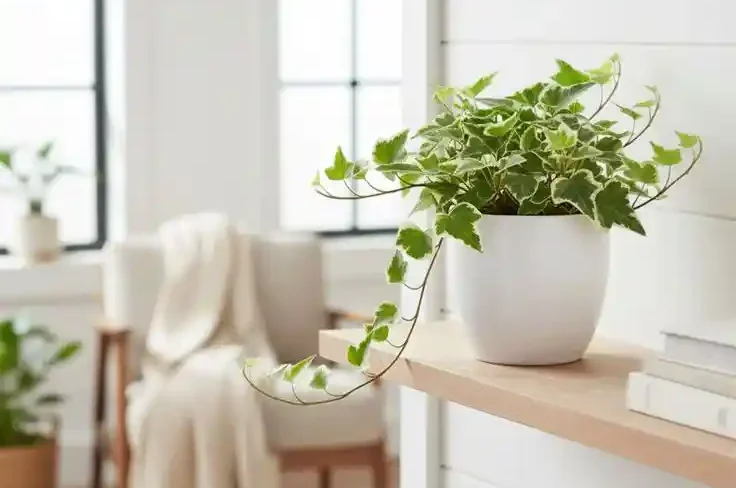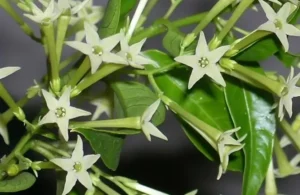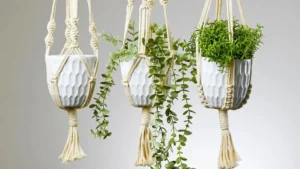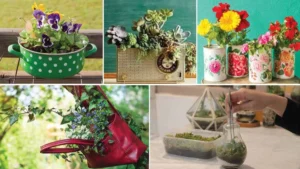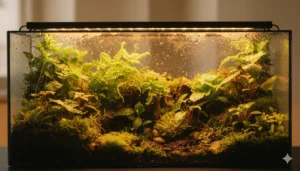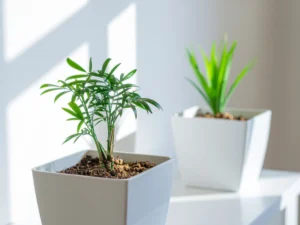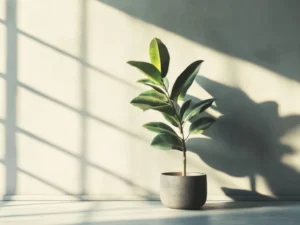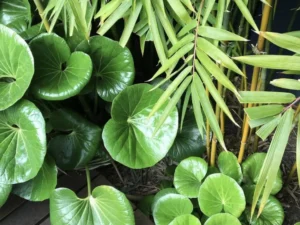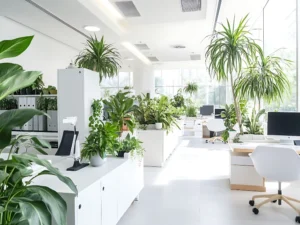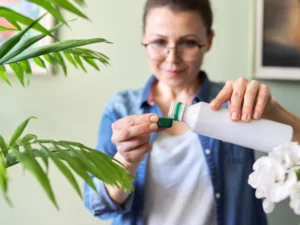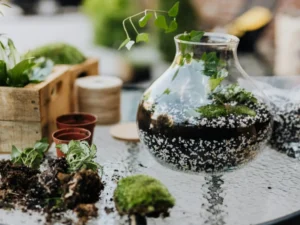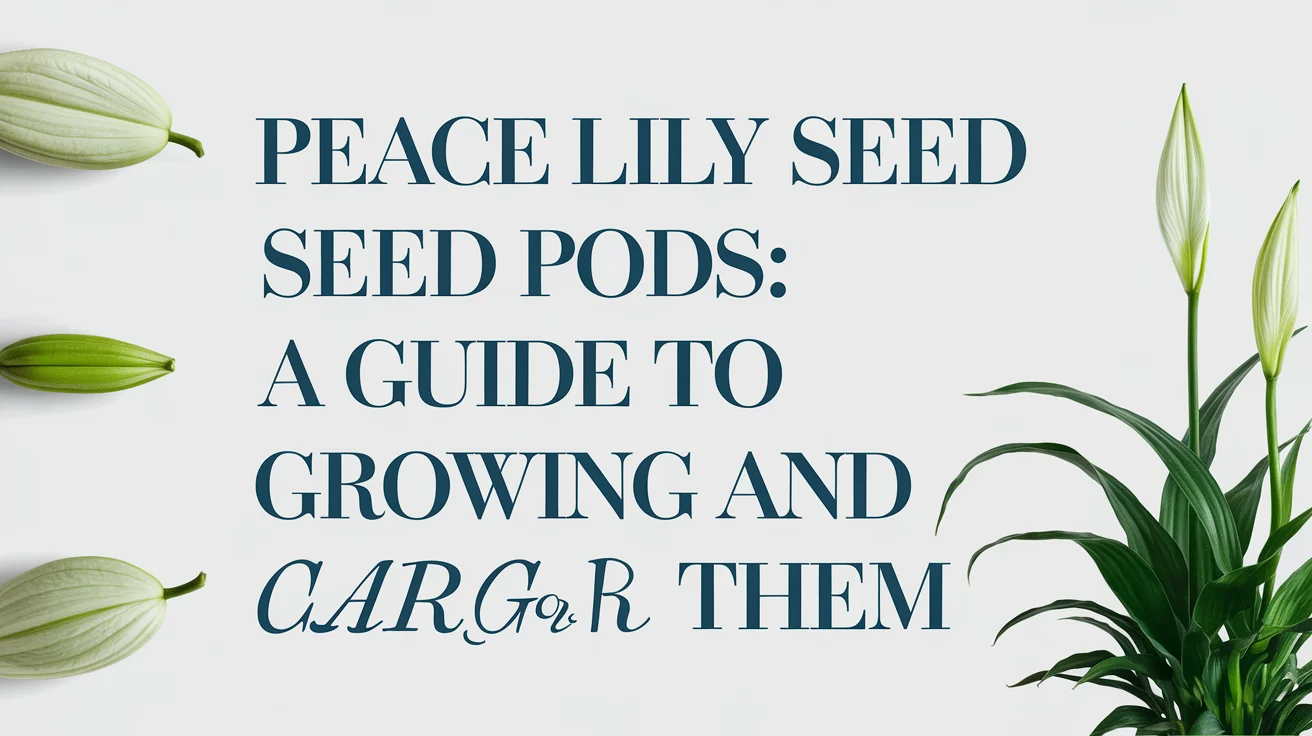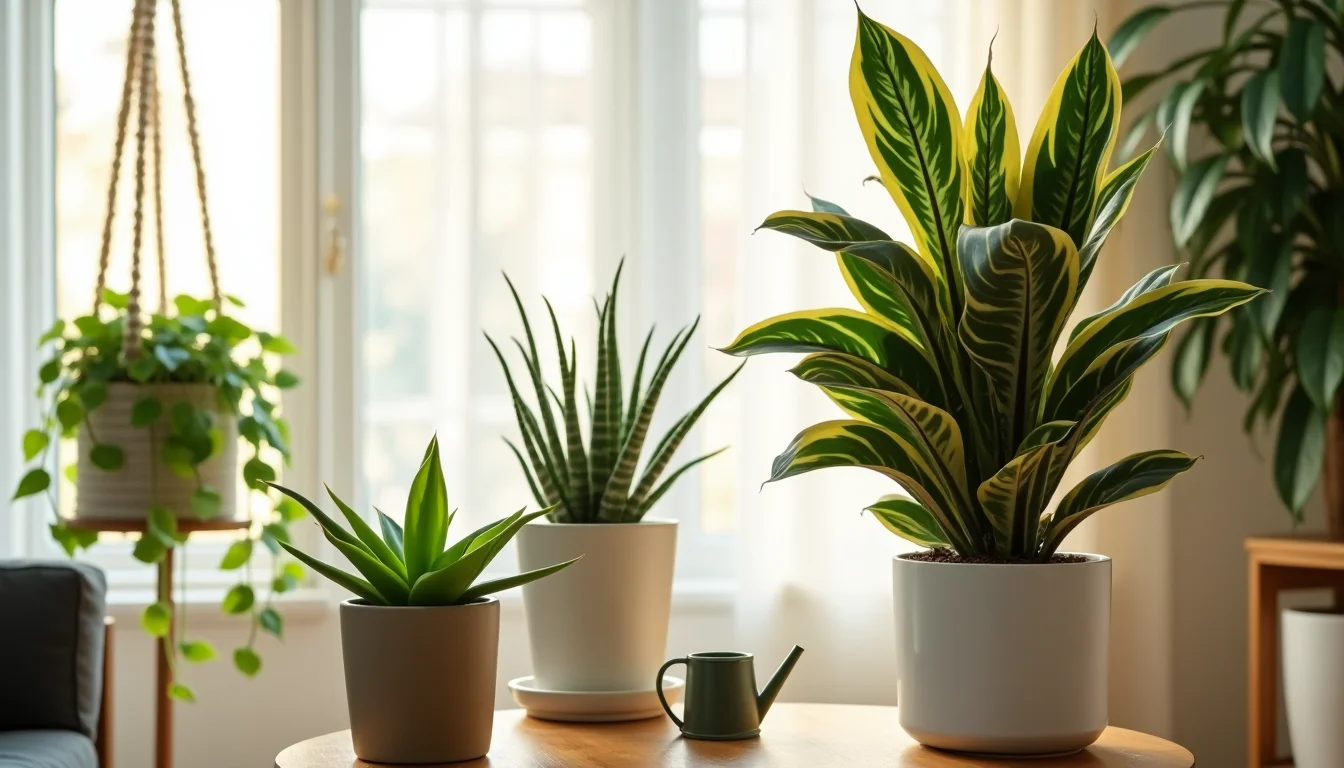If you’ve ever wanted a houseplant that’s both elegant and low-maintenance, learning how to care for ivy plant indoors is essential. Ivy plants bring a refreshing touch of greenery into your home while purifying the air and creating a soothing atmosphere. With the right attention to light, water, and humidity, your indoor ivy can thrive beautifully all year round. This complete guide walks you through every step to ensure your ivy stays lush, healthy, and full of life.
Why Choose an Indoor Ivy Plant
Indoor ivy is one of the most versatile houseplants you can grow. Its long, cascading vines instantly add depth and texture to any room, whether placed in a hanging basket or trained to climb a trellis. Moreover, ivy is known for improving indoor air quality by filtering toxins and pollutants.
Besides its beauty and air-purifying qualities, ivy is also resilient. With a little patience and proper care, it will reward you with continuous growth and vibrant green leaves that brighten up any corner of your home.
Choosing the Right Variety and Location
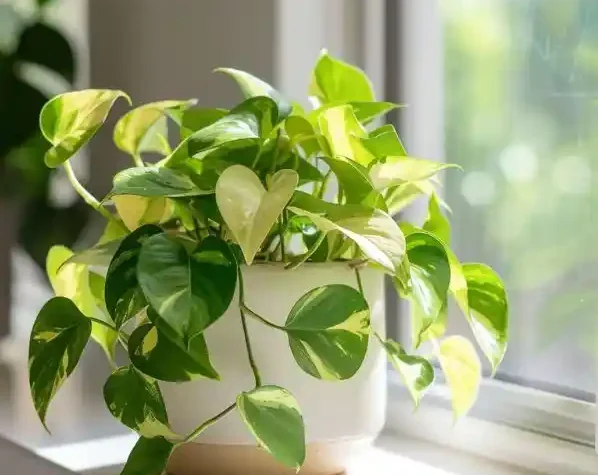
Select the Perfect Variety
When deciding how to care for ivy plant indoors, start by choosing the right variety. Smaller-leaved ivy types like English Ivy (Hedera helix) are ideal for indoor spaces. They adapt well to indoor light and humidity levels while staying compact enough for containers.
Pick the Ideal Spot
Ivy loves bright, indirect light. Place it near a window where it can receive plenty of soft daylight but not harsh direct sun, which can scorch its leaves. North- or east-facing windows are usually the best. However, if your home is dim, you can supplement with grow lights to maintain consistent growth.
Light, Temperature, and Humidity Requirements
Light
While ivy tolerates various light levels, bright, filtered sunlight helps maintain vibrant foliage. Too little light leads to leggy, pale growth, while too much sun causes leaf burn. Strike a balance by placing your ivy where it receives morning or late-afternoon light.
Temperature
Ideal indoor temperatures for ivy range between 50°F and 70°F (10°C to 21°C). Avoid sudden temperature changes, drafts, or hot air from heaters and vents, as these can stress the plant.
Humidity
Indoor air can become quite dry, especially during winter. Ivy thrives in moderate humidity, so mist the leaves regularly or place the pot on a tray filled with pebbles and water. This simple step prevents dry leaf edges and keeps the plant lush.
Soil, Potting, and Watering
Soil
Choose a well-draining potting mix that’s rich yet airy. A blend designed for houseplants works perfectly. Avoid compacted or heavy soil, as poor drainage can lead to root rot.
Potting
Use a container with drainage holes to prevent water from collecting at the roots. Repot your ivy every two to three years or whenever you notice the roots starting to crowd the pot. Fresh soil gives the plant renewed nutrients and room to grow.
Watering
One of the most crucial steps in learning how to care for ivy plant indoors is mastering watering. Keep the soil consistently moist but never soggy. Water when the top inch of soil feels dry to the touch. Overwatering can cause yellow leaves, while underwatering leads to wilting. In winter, reduce watering slightly as the plant’s growth slows down.
Fertilizing, Pruning, and Training
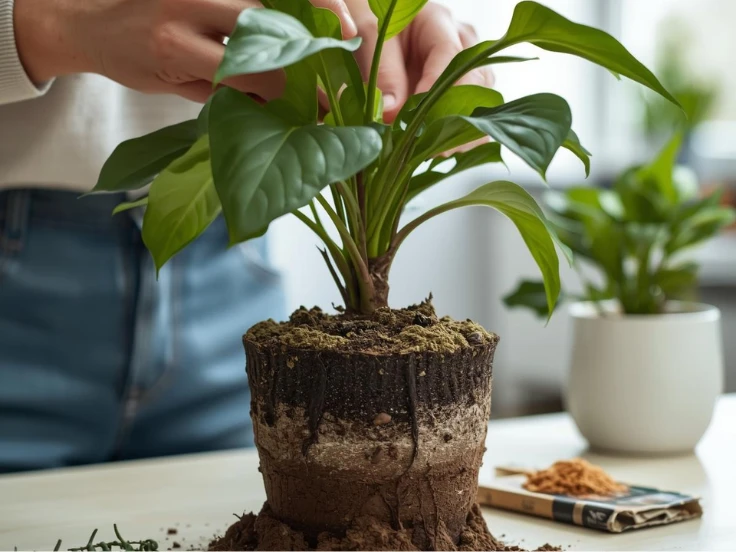
Fertilizing
Feed your indoor ivy once a month during the growing season (spring through early fall) with a balanced, water-soluble fertilizer diluted to half strength. This provides the nutrients needed for healthy leaf color and steady growth. Avoid fertilizing in winter when the plant is dormant.
Pruning
Regular pruning keeps your ivy neat, encourages bushier growth, and prevents legginess. Trim back overgrown vines, cutting just above a leaf node. This will stimulate new shoots and help maintain a full, even shape.
Training
You can train ivy to grow in creative ways. Allow it to trail from shelves or hanging baskets, or guide it around a wire frame or trellis for a sculpted, climbing look. Gently wrap the vines and secure them with plant ties for a polished, decorative display.
If you enjoy learning about plant care and troubleshooting issues like leaf discoloration, you might also like our guide on peace lily yellow leaves, which offers practical solutions to keep your indoor plants healthy and vibrant.
Common Problems and How to Fix Them
Yellow Leaves
If your ivy’s leaves turn yellow, you may be watering too much or too little. Ensure proper drainage and avoid letting the soil stay soggy. Also, check that your plant receives enough indirect sunlight.
Brown Leaf Tips
Dry air and inconsistent watering often cause brown edges. Increase humidity by misting regularly, and ensure the plant isn’t exposed to heat vents or drafts.
Pest Issues
Spider mites, aphids, and mealybugs can sometimes attack ivy. If you notice tiny webs, sticky residue, or discolored spots, gently wipe the leaves with a damp cloth and treat with an organic insecticidal soap. Keeping humidity levels steady helps deter pests naturally.
Propagation and Styling Tips
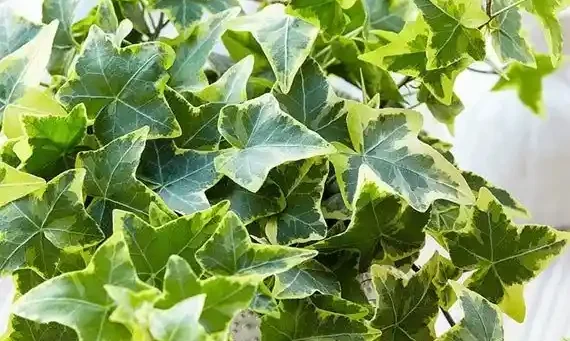
Propagation
Propagating ivy is simple and rewarding. Take a healthy stem cutting about 4–6 inches long with a few leaves and nodes. Place the cutting in water or moist soil, and roots will begin forming within a couple of weeks. Once established, transfer it into a pot for a brand-new plant.
Styling Tips
-
Hanging baskets: Let vines cascade freely for a natural look.
-
Wall trellis: Train the vines upward for an elegant indoor vertical garden.
-
Mixed displays: Combine ivy with other houseplants for contrast and visual appeal.
FAQs
Q1. How much sunlight does indoor ivy need?
Ivy prefers bright, indirect light. Too little light makes it leggy, while too much direct sun can burn the leaves.
Q2. How often should I water my ivy?
Water your ivy when the top inch of soil feels dry. Avoid overwatering to prevent root rot.
Q3. Can I grow ivy in low light?
Yes, ivy can tolerate low light, but growth will slow and variegation may fade. Consider using a grow light in darker rooms.
Q4. Why are my ivy’s leaves turning brown?
Low humidity or inconsistent watering often causes browning. Mist the leaves regularly and maintain even moisture.
Q5. Is ivy safe for pets?
No, some ivy varieties can be mildly toxic if ingested by cats or dogs, so it’s best to keep them out of reach.
Conclusion
Learning how to care for ivy plant indoors is easier than it seems. First, by focusing on proper light, watering habits, humidity, and regular pruning, you can enjoy a stunning, low-maintenance plant that brings natural beauty into your living space. Moreover, these small yet consistent efforts make a big difference in your plant’s overall health.
In addition, ivy adapts quickly to different environments, which makes it ideal for both beginners and experienced plant lovers alike. For even more inspiration on creating a stylish and cozy indoor atmosphere, explore our Martha Stewart home décor ideas that beautifully complement your indoor plants and elevate your home’s aesthetic.
Furthermore, whether you prefer your ivy to cascade elegantly from a shelf or climb gracefully up a trellis, consistent care ensures healthy, vibrant growth all year long. Meanwhile, taking the time to mist leaves, rotate the pot, and trim regularly will keep it balanced and full. As a result, your ivy will not only thrive but also elevate your home’s atmosphere. Similarly, its lush greenery will bring a sense of calm and freshness to every corner.
Therefore, with patience and attention, your ivy will become more than just a houseplant it will be a timeless, living accent that transforms your home into a calm, green retreat. Ultimately, caring for ivy indoors teaches you mindfulness and consistency. Finally, your efforts will be rewarded with beauty that lasts season after season.

